“Explora” was Westley’s trade name for its line of heavy smoothbore guns with, shall we say, a twist. In 1885, George V. Fosbery—born in Wiltshire, brought up on the Isle of Wight and, from 1851 to 1877, an officer in the Armies of the East India Company—patented the idea of rifling only the last few inches of a gun barrel. The result was a combination piece that performs well with both shot and, out to 150 yards or so, bullets. Some other gunmaker (initials H&H) bought the patent from Col. Fosbery and sold the guns under the name Paradox, in 28 to 8 bore. Westley Richards’ versions were dubbed the Explora and, in 20 and 28 bore, the Fauneta.
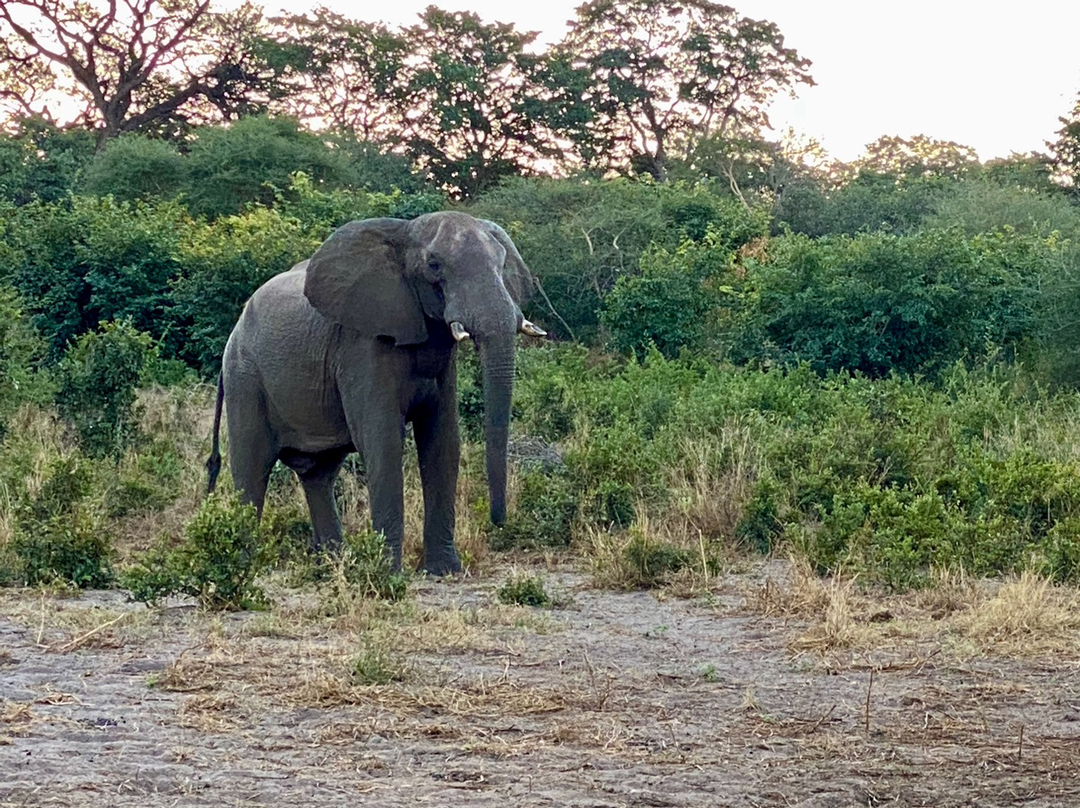 Namibia’s Okavango River valley teems with wildlife, including thousands of elephant and Cape buffalo; lions often roar in the night.
Namibia’s Okavango River valley teems with wildlife, including thousands of elephant and Cape buffalo; lions often roar in the night.
This particular Explora, No. 17417, is not only a detachable-lock gun with double triggers, it is also a museum piece, the only 8-bore Explora made with Damascus barrels. It would be interesting to know who bought it, but the records indicate just that the gun was “completed 27th November 1912 for Manton & Co., Calcutta.”
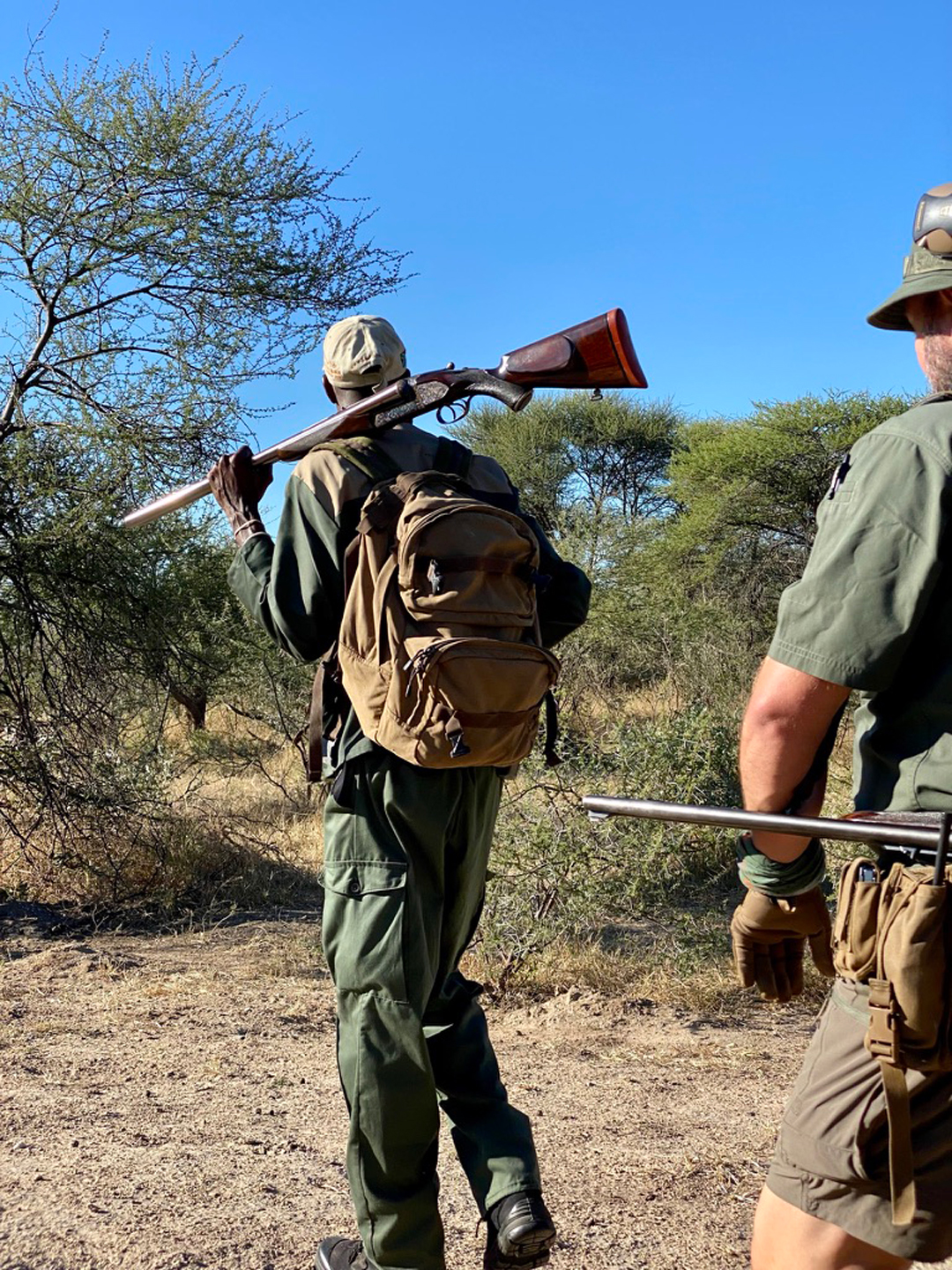 The trackers vied for the right to carry the 8-bore, which looks massive even on Peter, who stands 6’3”.
The trackers vied for the right to carry the 8-bore, which looks massive even on Peter, who stands 6’3”.The demand for “bore” guns, the blackpowder breechloading 10-, 8-, 6- and even 4-bores that explorers and hunters carried in deepest, darkest Asia, Africa and the Arctic, fell off quickly when Nitro Express cartridges arrived, just before the Great War. Nitro Express rifles fire smokeless powder and weigh and recoil much less than bore guns but kill as well or better and cost no more. Given this option, no one in his right mind would continue to take the physical beating of the massive blackpowder artillery.
 A solitary buffalo in the river meadow fronting the guest tents. Hippos, elephants, impala and warthogs also routinely appeared.
A solitary buffalo in the river meadow fronting the guest tents. Hippos, elephants, impala and warthogs also routinely appeared.No. 17417 weighs 15 pounds 3 ounces, 6.89 kilos, and swallows two fat cartridges that together add another half-pound. Even with its wide, flat forend, the rifle is a shoulder-crusher to carry. And it’s worse to shoot. The recoil is monumental. “If you are unprepared to feel like you were just in a plane crash,” one veteran said, “consider a littler gun.” Launching a 993-grain bullet at 1400 feet per second with 10 drams (273.5 grains!) of black powder produces a calculated recoil energy of 158 foot-pounds—about 100 ft-lbs more than a typical .470 Nitro Express.
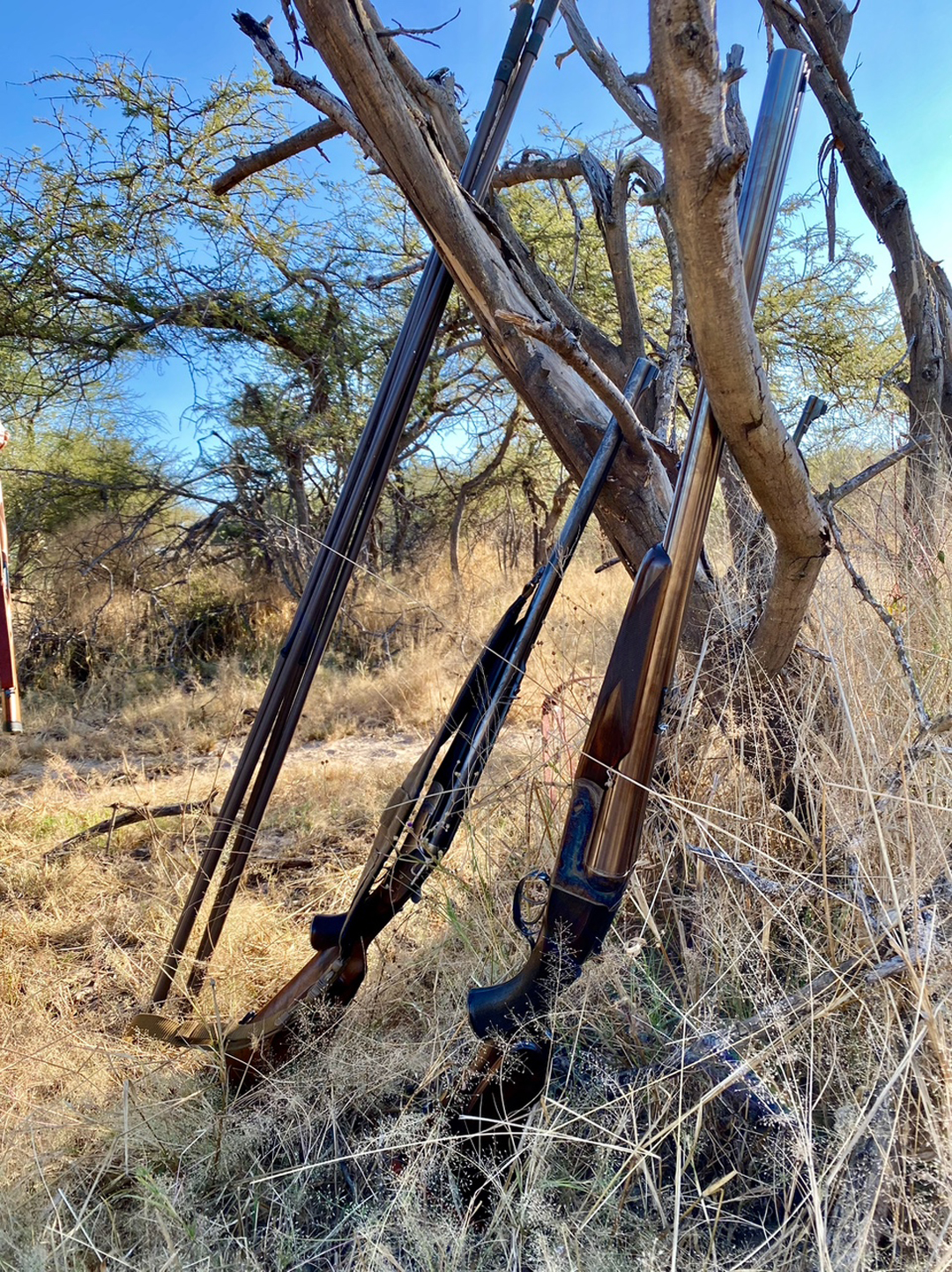 The mighty 8-bore dwarfs a modern .500 Nitro Express double rifle.
The mighty 8-bore dwarfs a modern .500 Nitro Express double rifle.Factory 8-gauge rifle ammunition is unheard of, at Westley Richards and even Cabela’s, and the loading tools and recipes for No. 17417 were long gone by the time I got my hands on it. But I had this idea to revisit the Golden Age of Safari by taking No. 17417 to northern Namibia and unleashing it on a Cape buffalo. First, of course, I needed a load for it, a cartridge with the combination of case, bullet, wadding, powder and primer that would be accurate at buffalo distance—about 25 yards. Vintage double rifles are notoriously fickle about their preferred loadings.
 Hippos on the north bank of the Okavango, with a herd of Cape buffalo in the grass behind.
Hippos on the north bank of the Okavango, with a herd of Cape buffalo in the grass behind.As it happens, my friend and safari partner Mike Stumbo has considerable reloading experience and a machine shop in his barn, so this was a challenge he accepted. It was surprisingly easy to find brass: 31/4-inch 8-bore cases. Then a company in Salt Lake City, Utah, sold me a mold that made good-looking 8-bore bullets—but, at .835”, they were slightly too big. Roger Lake, co-author of the book Paradox, told me that a bullet dropped into the barrels from the breech should slide down the bore and then hang up at the start of the rifling, near the muzzle. As cast, our bullets stopped at the forcing cone, about 20 inches before the rifling. They had to be swaged down—in a sizing die and a hydraulic press—to 0.829 caliber. At that diameter, bullets slid satisfyingly down to the rifling.
 The big rifle alters the scale of a photo.
The big rifle alters the scale of a photo.Mike fabricated the sizing die and all the other loading tools, and then we began the lengthy trial-and-error “accurizing” process at the range. One of the previous owners of No. 17417, one S.B. (Sandy) Mitford, had kept a log of his attempts to make No. 17417 behave: 30 neatly typed pages of loading and shooting sessions, each of which resulted in bushel basket-size groups. This was somewhat helpful because it showed us what not to do.
 Westley Richards No. 17417, a best-quality detachable-lock Explora gun “completed 27th November 1912 for Manton & Co., Calcutta.” Before smokeless Nitro Express cartridges appeared, in 1899, these heavyweight blackpowder 8-bores were de rigueur for big big-game hunting.
Westley Richards No. 17417, a best-quality detachable-lock Explora gun “completed 27th November 1912 for Manton & Co., Calcutta.” Before smokeless Nitro Express cartridges appeared, in 1899, these heavyweight blackpowder 8-bores were de rigueur for big big-game hunting.The present owner has never fired the gun; in exchange for loaning it to me for a couple of years, I would return it to him with specifications for cartridges that performed well. He also got the reloading tools, and my thanks. I insured it very heavily, too.
Not being entirely demented, Mike and I started with “light” loads: 7, 71/2 and 8 drams of Goex Fg black powder. We would work our way up, checking the accuracy and muzzle velocity as we went. (By “we” I mean me; Mike declined to shoot the 8-bore. “I’ve had whiplash injuries already,” he said.)
 The entrance to Jofie Lamprecht’s Mahango Camp on the south bank of the Okavango River in northern Namibia’s Caprivi region.
The entrance to Jofie Lamprecht’s Mahango Camp on the south bank of the Okavango River in northern Namibia’s Caprivi region.Namibia mandates a minimum of 5400 joules, about 4000 foot-pounds, of muzzle energy for dangerous game; a 993-grain slug has to be launched at just over 1300 feet per second to meet that requirement. Problems arose right away. The plan was to shoot off sticks, but the 8-bore forend is so wide that it forced the legs of the shooting sticks apart too far; I had to rest the barrels on a camera tripod instead. Then the muzzle blast and ejecta knocked down the chronograph and broke one of the reflectors. The almighty ka-BOOM also drew the range safety officer, who thought we were tearing up his berms with a cannon.
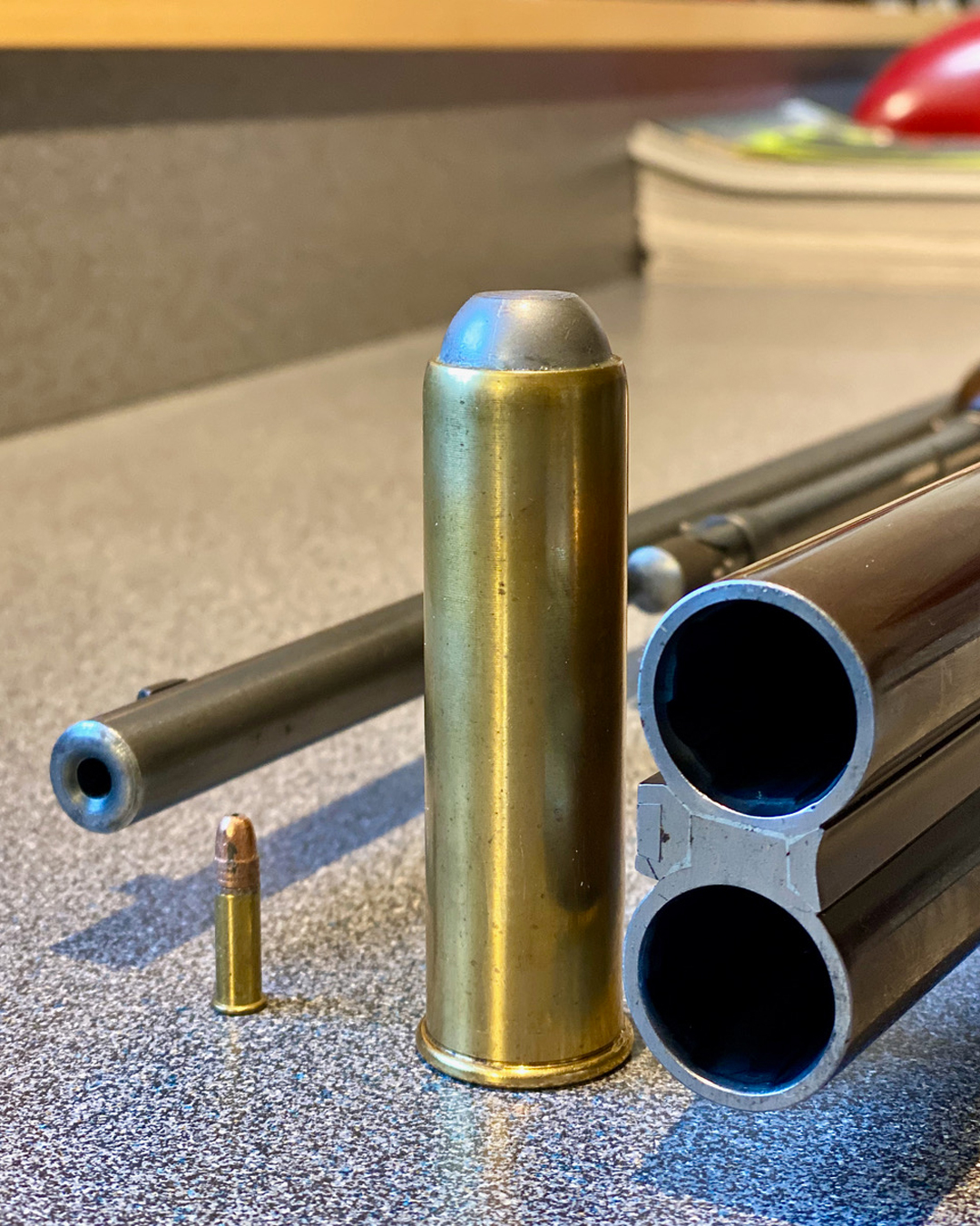 Explora No. 17417 and an 8-bore cartridge alongside a .22 rimfire rifle and round—bullet weights 993 and 40 grains.
Explora No. 17417 and an 8-bore cartridge alongside a .22 rimfire rifle and round—bullet weights 993 and 40 grains.Worse yet, the accuracy was dismal, and I could only fire four or five rounds before I wanted to go lie down in a darkened room.
This process went on for some time, drawn out by one problem after another, and then the pandemic postponed our safari from June 2020 to May 2021, which at least gave us extra time to sort things out.
In the end, No. 17417 hitched up its trousers and began to shoot beautifully with, naturally, the full 10-dram loads it was proofed for. With them came that airplane-crash recoil. It once jarred off the grip cap, but the forend stayed secure, I never doubled, even though I was pulling the front trigger first, and my finger survived each second shot.
 Unusual twins—young baobabs, the ‘upside-down tree,’ possibly only a century or two old. The Okavango flows just behind them.
Unusual twins—young baobabs, the ‘upside-down tree,’ possibly only a century or two old. The Okavango flows just behind them.There’s no need to bore you with the trials & tribulations of transporting No. 17417 and its blackpowder cartridges from Boston, Massachusetts, to Windhoek, Namibia. Or with what it’s like to lug a 16-pound rifle in the field. Fortunately for me, two of the trackers vied to see which of them could carry the thing the longest—evidently it conferred prestige, in a mine-is-bigger-than-yours sort of way. (This led to good tips.)
 The successful completion of a two-year quest. The author, the rifle, the buffalo and PH Jofie Lamprecht.
The successful completion of a two-year quest. The author, the rifle, the buffalo and PH Jofie Lamprecht.So one fine morning, just outside Jofie Lamprecht’s Mukongo Camp on the Okavango River, we found two old bachelor bulls grazing in the open. They gave us that “Yeah? And what do YOU want?” glare. When the 8-bore roared, it was broadside at 25 yards. As they broke and ran, I was able to fire the second barrel too, swinging the weighty double like a shotgun on a bird. That bullet went through the buff’s back, but the first one had done the job. We found him a few yards on, piled up in the thorns, and I put the insurance shot between his shoulders.
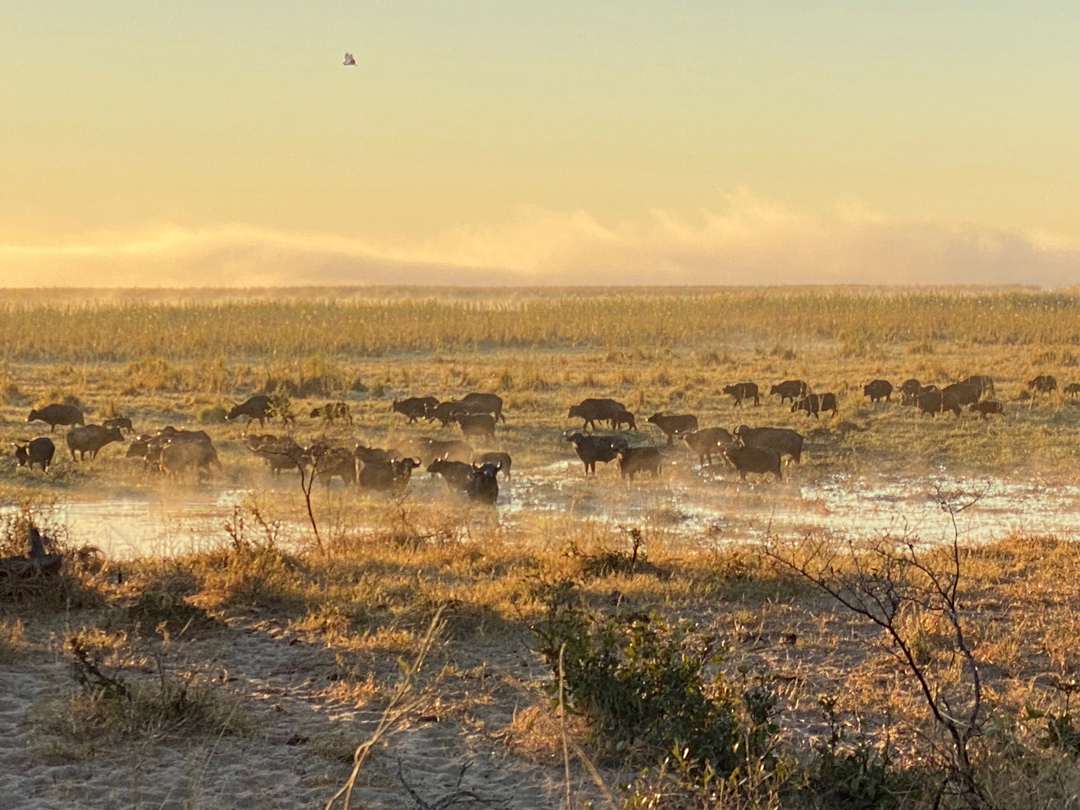 Dawn on the Okavango River. A herd of Cape buffalo feeds in the shallows as morning mists lift in the distance.
Dawn on the Okavango River. A herd of Cape buffalo feeds in the shallows as morning mists lift in the distance.“Processing” this bull proved interesting. Both huge slugs had powered straight through, like giant arrows, and probably come to rest somewhere over in Angola. The wound channels they left behind were one diameter; the bullets—cast hardened-lead monoliths—hadn’t expanded. They would have smashed massive bone and might have been just the thing for a head shot in a charge, but here they’d encountered only soft tissue and ribs. Still, the bull suffered enough damage to his engine room to bring him down.
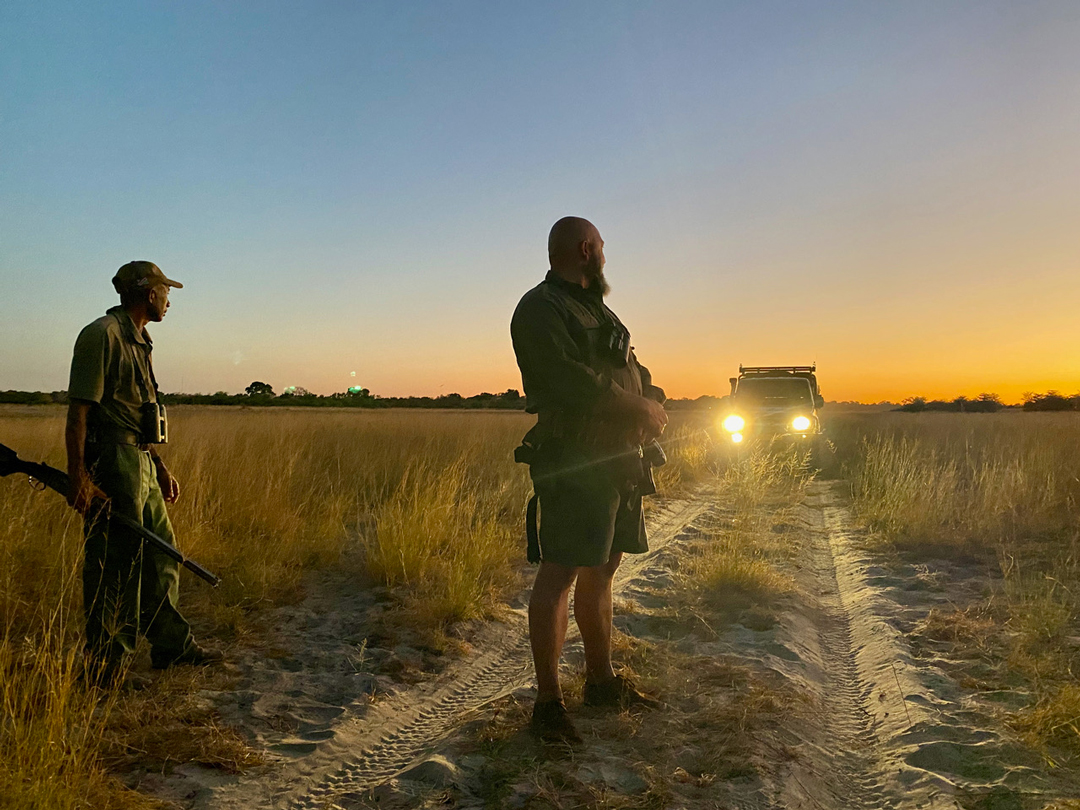 Waiting for the Land Cruiser to retrieve the hunting party after a long day on foot in the field.
Waiting for the Land Cruiser to retrieve the hunting party after a long day on foot in the field.As for the experience of hunting with a blackpowder 8-bore . . . well, I now think of it as like driving a blower Bentley, the 41/2-litre supercharged behemoths that the Bentley Boys made famous at Le Mans in 1930. The gun and the car are icons of a lost era, obsolescent monsters that now belong on display. Yes, the considerable skills needed to master them can be re-developed, but ultimately we have to ask: Why? What had seemed to be a romantic challenge and a connection to ye olde days came undone under the savage pounding of the recoil, the sheer drudgery of carrying such a heavy rifle and the poor performance of such primitive bullets. When I got home again, I re-read F.C. Selous’ book about his early days of hunting ivory with a brace of 4-bore rifles. Even with such artillery, he'd had to shoot most of his elephants numerous times to bring them down, and now I suspect it was at least in part because of these non-expanding bullets.
But I’m glad I did it. I’m glad no one got hurt. I’m glad I got so well acquainted with one of Westley Richards’ gunmaking high-water marks. And I’m really glad I don’t have to shoot it again.
 The stock finish, the action colors and the browning on the Damascus barrels were refreshed in the 1970s—likely the last time the gun was fired, too.
The stock finish, the action colors and the browning on the Damascus barrels were refreshed in the 1970s—likely the last time the gun was fired, too.The Explora Blog is the world’s premier online journal for field sports enthusiasts, outdoor adventurers, conservationists and admirers of bespoke gunmaking, fine leather goods and timeless safari clothes. Each month Westley Richards publishes up to 8 blog posts on a range of topics with an avid readership totalling 500,000+ page views per year.
Blog post topics include: Finished custom rifles and bespoke guns leaving the Westley Richards factory; examples of heritage firearms with unique designs and celebrated owners like James Sutherland and Frederick Courtenay Selous; the latest from the company pre-owned guns and rifles collection; interviews with the makers from the gun and leather factory; new season safari wear and country clothing; recent additions to our luxury travel bags and sporting leather goodsrange; time well spent out in the field; latest news in the sporting world; and key international conservation stories.



 Enquire
Enquire







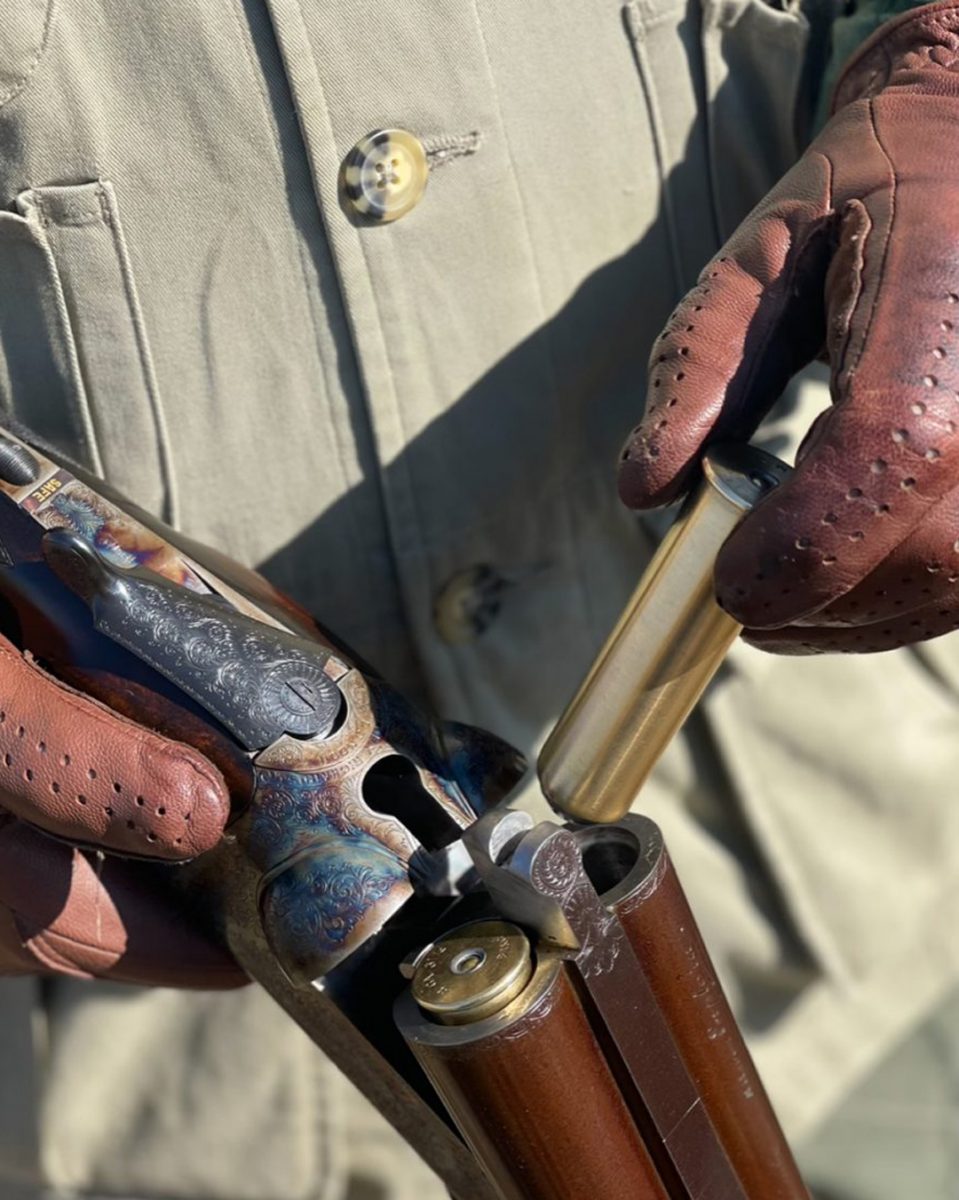

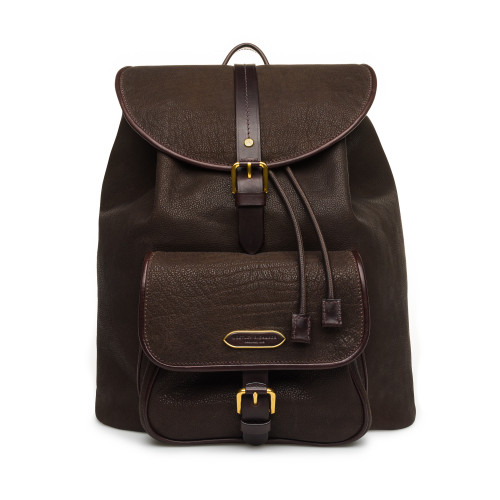
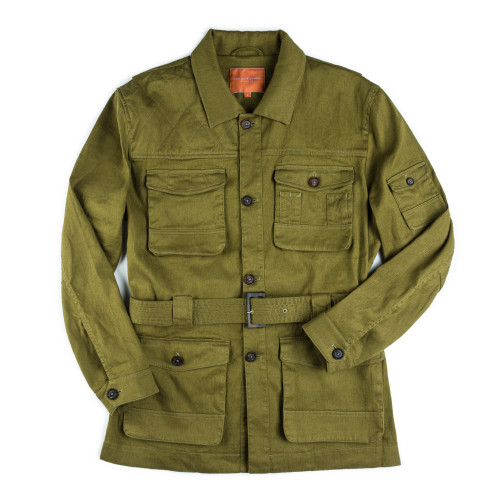
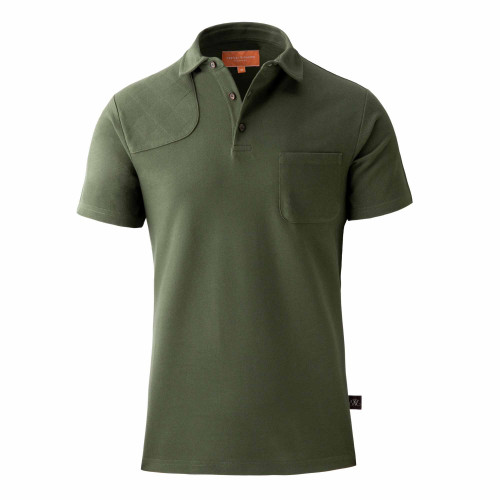
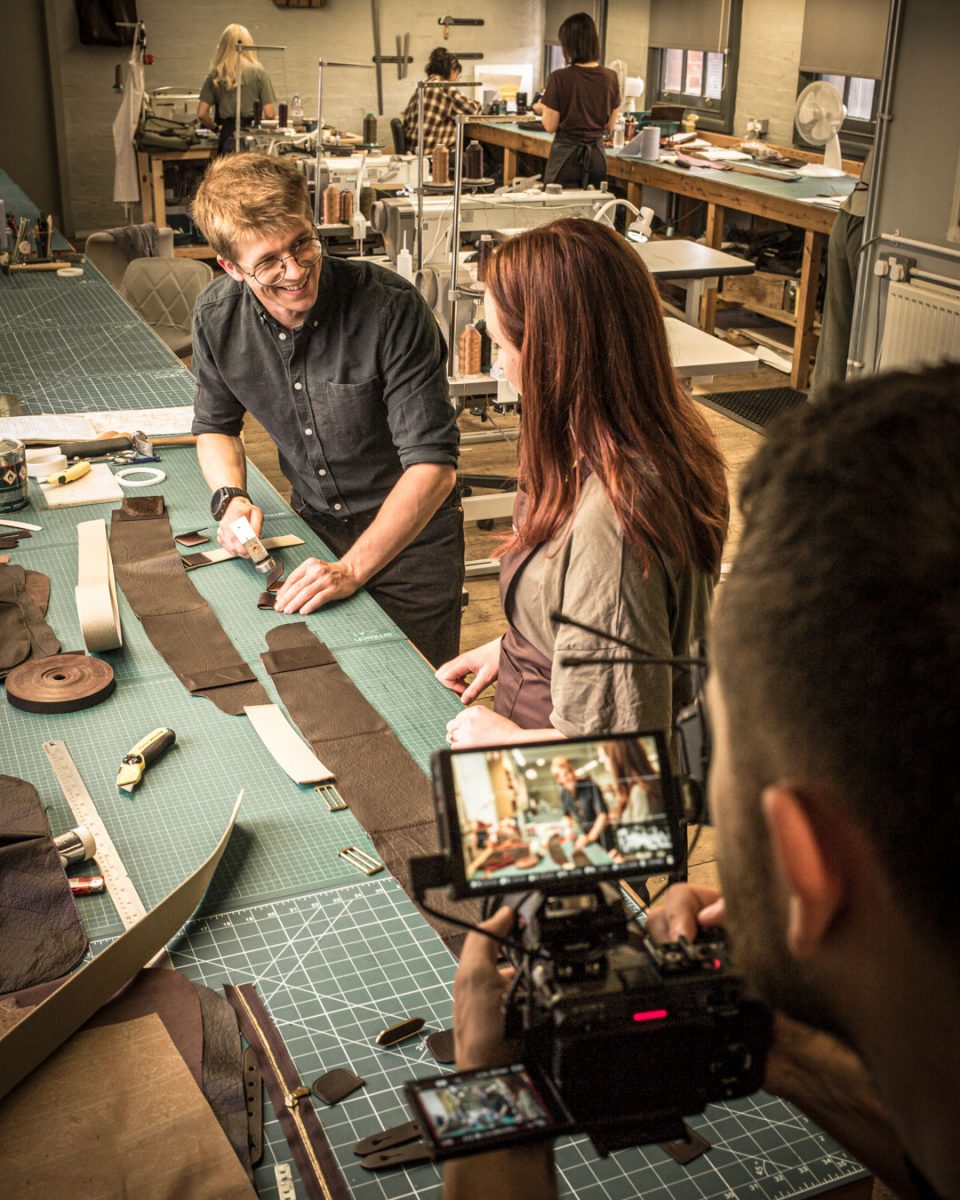
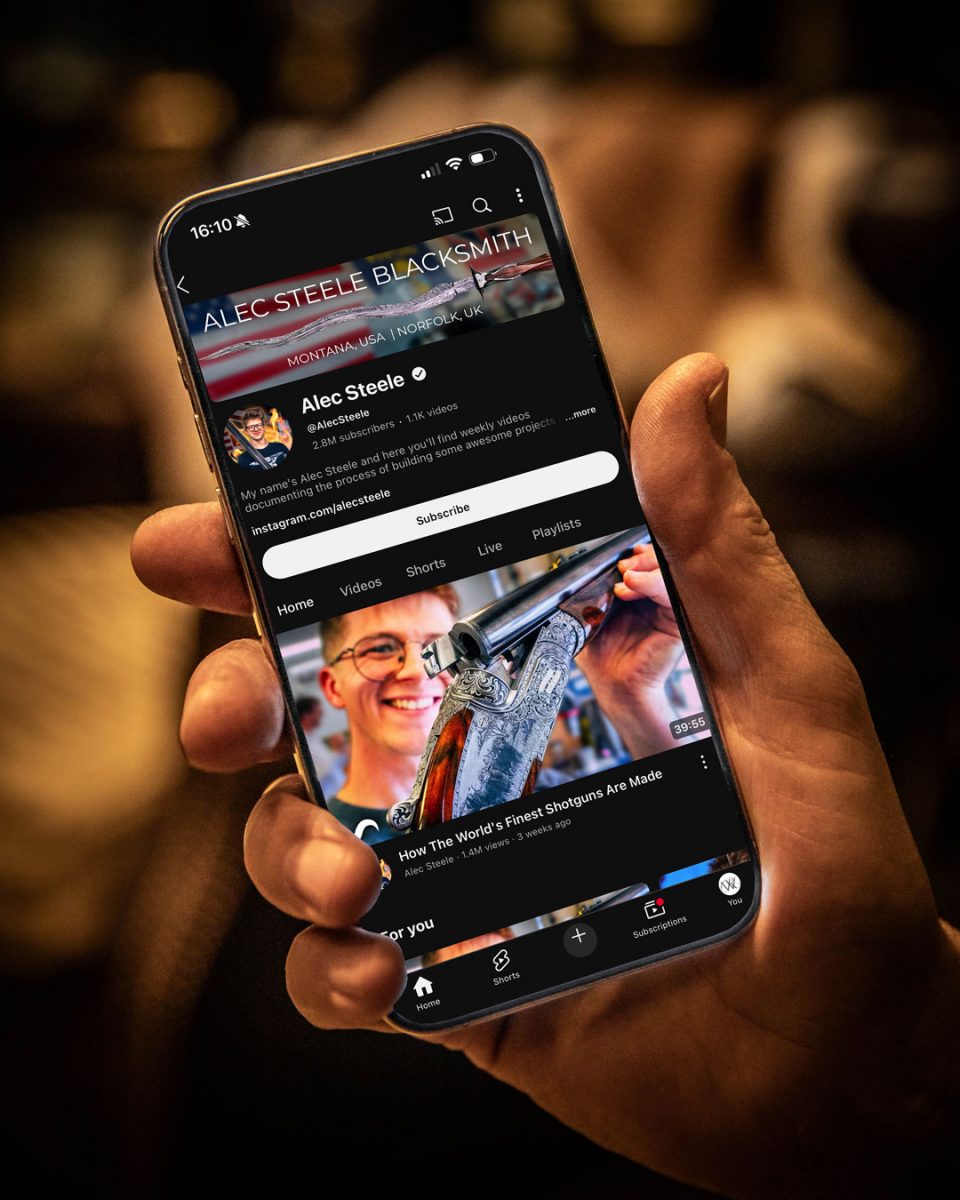
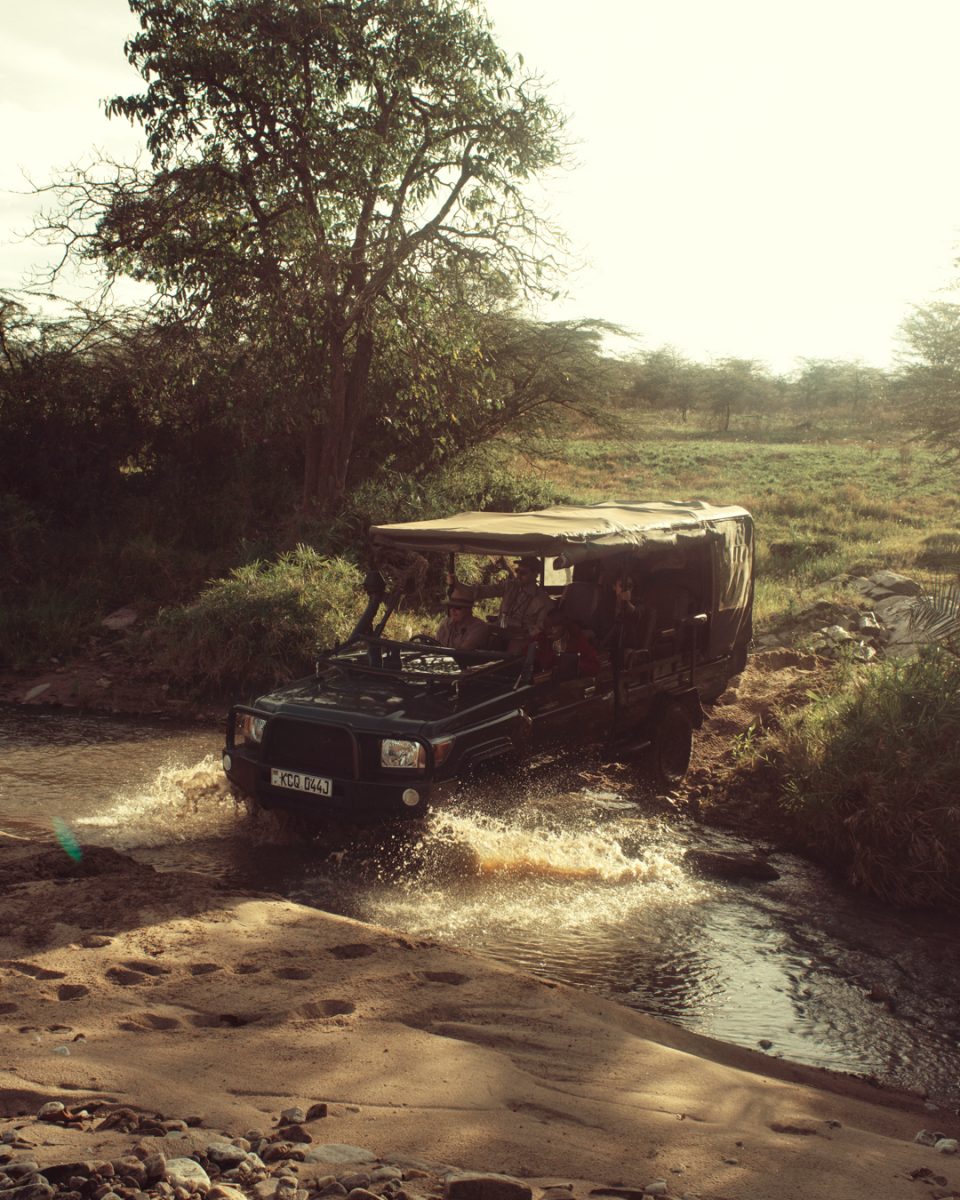


James on May 17, 2022 at 11:14 pm
Fantastic story! More like this, please!
Neil McVeigh on May 18, 2022 at 11:53 am
Silvio I take my hat of and salute you,you,re a much braver man than me!
What a fantastic story, even reading it I am wincing, well done sir!
Silvio on May 19, 2022 at 3:34 pm
Appreciate the comments, gentlemen. We 'enjoyed' some trials & tribulations in the hunting, too, not just the shooting. They will feature in the full story, slated to appear in Sports Afield next winter.
Chris James on June 7, 2022 at 9:08 pm
Brilliant words and understanding for us lesser mortals.
Thank you for conveying the lessons and the story of something most of us will never have the chance (or desire?) to experience.
We like stories well-told; as children or older men alike.
Thank you again.
Wallace Salter MD on July 12, 2023 at 9:20 pm
Excellent story. I just purchased a CG Bonehill 8 bore yesterday that came with 6 shells. It weighs 14 lbs 6 oz, and has 40" barrels! I am leary about firing it, especially after reading your story. Thanks for the great story.
william hill on February 19, 2025 at 11:43 pm
Great article, but better you than me. I remember busting two wisdom teeth with a shot from a heavy 45-70 load 35 years ago. It was an enjoyable read for sure.